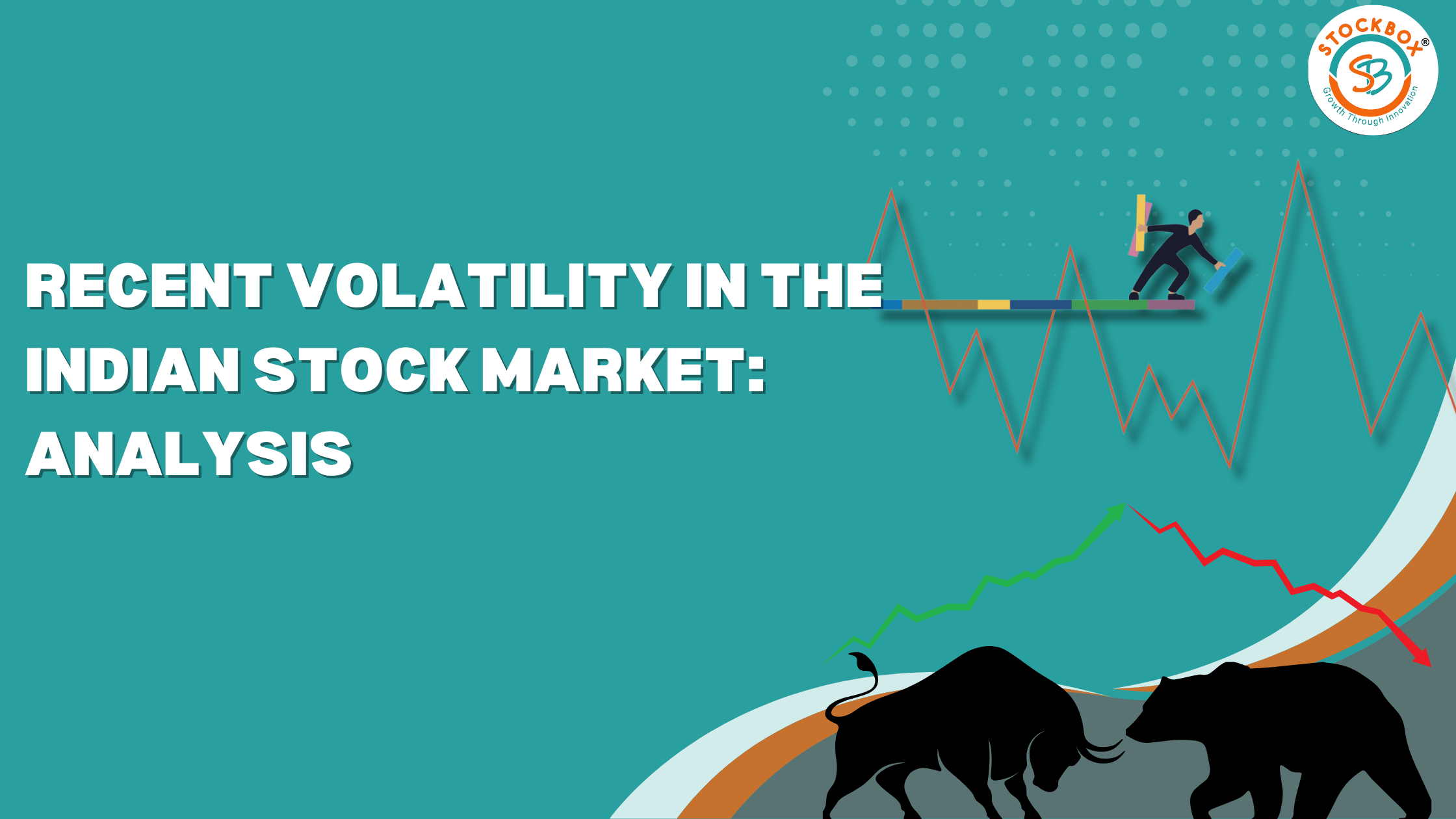The Indian stock market has been on a roller coaster ride over the past week’s time as the uncertainty investors faced. The Sensex and Nifty both ended in the negative as of February 14th, 2025, indicating a period of more caution and careful recalibration by the market. To enable the investor to seek the influential causes behind this trend, it is very important because several domestic and international elements have shaped it.
An extremely volatile period for investors
The markets commenced the week fixated entirely on the monetary policy declaration by the Reserve Bank of India (RBI). In an unprecedented action on February 7, 2025, the RBI unexpectedly lowered the repo rate by 25 basis points to 6.25%. In a more predictable scenario, such an act may have been received more enthusiastically by the investors, but this time, the response was rather subdued in their eyes. Whereas the Nifty 50 index dipped slightly by 43.40 points (0.18%) to finish at 23,559.95, the BSE Sensex slid almost 198 points, or 0.25%, on that date.
Retention of Foreign Institutional Investors (FIIs) has continuously provided a totally different number of worries whose undercurrent tends to make such a cautious setting. FIIs have been pulling out money from Indian equities for the last many months; January 2025 alone saw about INR 723 billion (USD 8.4 billion) playing out in the bearish sentiment. To add to it, high stock prices are calling the sustainability of growth into question, especially considering the not-so-good earnings reports. Conversations on social media have thrown more light on the apparent dissonance between stock prices and underlying performance, thereby fueling further confusion among investors.
The Losers and Sectoral Champions
All sectors fell short of the overall downturn in the economy. IT and pharmaceuticals were the most resilient, however, with many companies registering growth. Bharti Airtel soared 3.60% as a result of strong momentum in the sector, while Tata Steel jumped 4.34% on upbeat industry outlook. Major companies, such as ITC and State Bank of India, however, reported steep declines mirroring the trend faced by the overall market.
The most significant determinants for the market
There are a multitude of factors that have acted on market movements:
- The monetary policy run by the RBI is a kind of offsetting tool in the upside growth when world events have hampered its benefits.
- FIIs exiting indicate a turnabout induced by global uncertainty toward a more risk-averse outlook for investments.
- The market continues to remain exposed to impacts from changes in U.S. monetary policy, geopolitical issue consideration, and rapidly evolving global trade dynamics. The imposition of new tariffs by the U.S. has complicated matters even further.
- The PMI data coming from India’s manufacturing sector is 57.7 and has reached a six-month high, indicating tremendous internal demand. This, however, has caused market volatility due to depreciation of the Indian rupee against markets worried about stagflation.
Future Outlook for the Market?
Over the next few months, the movement of the market will depend on an assortment of factors:
Corporate Earnings: Future reports on corporate earnings will greatly influence the sentiment of investors in the markets. Poor earnings could lead to prolonged volatility, while better-than-expected outcomes may assist in stabilizing the market.
Government Budget: Infrastructure work and capital spending would likely be put on center stage for the next budget 2025-26. Policies to encourage private sector investment could help launch a recovery for the markets.
More rate cuts by the RBI are forecast, which would reduce interest rates and encourage investment; however, the success of these measures will depend on foreign interest rates and inflation movement.
Global Economic Scenario: Indian markets will be influenced by the behavior of the U.S. economy, in particular as regards the Federal Reserve interest rate policies.
Geopolitical Situations: Any positive momentum in international trade or ebb in geopolitical threats will bolster investor confidence.
Long-Term Growth Prospects for India: The story of India’s growth remains an interesting tale, though with transient blips. Come 2025, sectors such as manufacturing, tech, and green energy are anticipated to lift GDP growth to the tune of 6-7 percent.
Although the recent volatility in the Indian stock market has tried investor tolerance, the long-term view is still rather positive. The market in the coming months would be primarily impacted by the economic fundamentals, the policy stance, and the global scene. Investors are advised to have a strategic approach, focusing on opportunities that are in line with underlying strengths instead of reacting to momentary volatility. Surviving these uncertain times will mainly depend on the ability to stay diversified and updated on major macroeconomic trends, as it always has.
You might Also Like: https://stockboxtech.com/hexaware-technologies-ipo-a-comprehensive-investment-analysis/
Subscribe Us on Youtube: https://youtube.com/@stockboxtech?si=m_IPVm1xybFDeFRG

